The Black Bengal Cat is a remarkable feline. It has a wild look, sleek fur, and a mysterious aura. The Black Bengal Cat is a rare variation of the Bengal breed. It captivates cat enthusiasts and breeders. This cat’s unique coat and exotic heritage make it a symbol of elegance and wild beauty. It combines a domestic cat’s charm with a wild animal’s allure. The Black Bengal Cat has a dark coat and piercing eyes. These traits make it a prized possession among cat lovers.
Origins and History of the Black Bengal Cat
The Black Bengal Cat originated in the 1960s. Breeders started crossbreeding domestic cats with the Asian Leopard Cat. This wild species has a beautiful spotted coat. The goal was to create a hybrid cat that had the look of a wild leopard but the temperament of a domestic feline. The International Cat Association (TICA) recognized the Bengal breed in the 1980s. But the black, or “melanistic,” variation is much rarer. The black coat genes come from the same mutations that cause melanism in wild cats, like leopards and jaguars.
This particular color variant of the Bengal breed adds an extra layer of intrigue. Black Bengal cats are less common than spotted or marbled ones. They share the same muscular build, intelligence, and playful nature. Their dark coats make them striking.
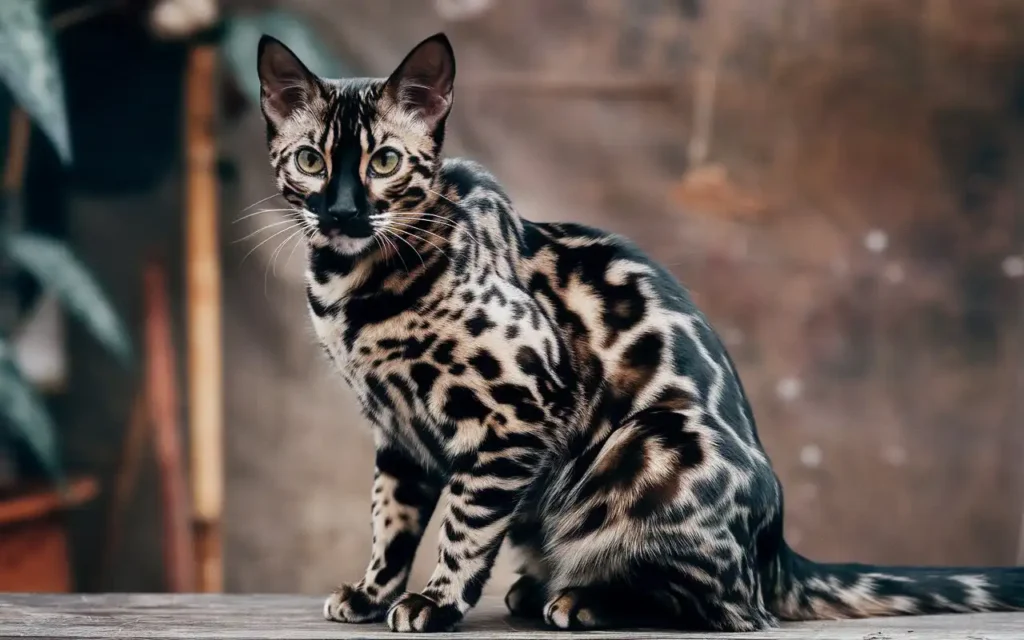
Physical Characteristics
The Black Bengal Cat is famous for its sleek, shiny black coat. It often has faint ghost markings, like the spots of Bengal cats. These markings may be visible only in certain lights. They give the cat a mystical, shadowy look. Its short, dense coat looks like luxurious velvet. This is a main attraction of the breed.
Their eyes are another standout feature. Often gold or green, the piercing gaze of a Black Bengal cat enhances its wild and exotic look. These cats also have a muscular build, reflecting their wild ancestry. A medium to large-sized cat, the Bengal’s body is athletic and lean, designed for agility and power.
The tail is long and thick, tapering to a rounded tip, which aids in balance and movement. The Black Bengal Cat is a mix of domestic comfort and wild grace. This unique look makes it stand out among other breeds.
Temperament and Personality
The Black Bengal Cat comes from wild ancestors. People know it for its affectionate, playful nature. These cats are very energetic and smart. They often act like dogs, fetching toys and following their owners around the house. They are curious by nature. They explore and engage with their surroundings in dynamic ways.
Black Bengal Cats are social. They thrive on interaction with their humans. They are recognized for developing strong bonds with their owners. They often seek attention and affection. Their wild heritage gives them some independence. They may not always enjoy long cuddles.
Their intelligence makes them easy to train. Many Black Bengal cat owners report teaching their cats tricks. These include sitting, rolling over, and walking on a leash. They are playful and energetic. They need much mental and physical stimulation. Without it, they can become bored and potentially destructive. To keep a Black Bengal cat happy, provide interactive toys, climbing structures, and playtime.
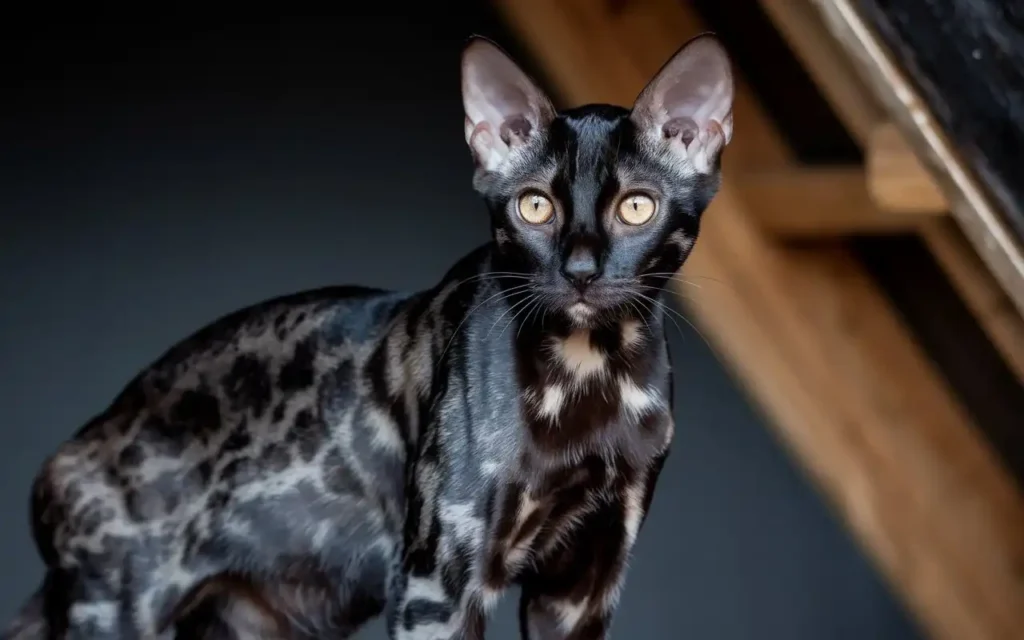
Care and Maintenance
Caring for a Black Bengal cat involves more than providing food and shelter. These active, smart cats need a stimulating environment. It maintains their engagement in both mental and physical aspects. Regular playtime is crucial. They need to burn energy and satisfy their hunting instincts.
In terms of grooming, the Black Bengal Cat is relatively low-maintenance. Their short, dense coat doesn’t need much brushing. But they enjoy the attention of grooming sessions. Brushing their coat once a week can help reduce shedding and keep their fur in top condition.
Diet is another important consideration. Black Bengal cats, like all Bengals, need a high-protein diet. It supports their active lifestyle. Many owners feed them a diet that mimics what their wild ancestors might have eaten. This includes raw or grain-free commercial cat food.
It’s also important to give these cats plenty of chances to climb and explore. Cat trees, perches, and window seats let your Black Bengal explore its curiosity. They’re great for that. Without these outlets, a bored Bengal can become mischievous and even destructive.
Health and Lifespan
The Black Bengal Cat is generally a healthy and robust breed, thanks to its hybrid nature and wild ancestry. However, like all cats, it is prone to certain health conditions. Bengal cats often have a heart condition called hypertrophic cardiomyopathy (HCM). If unmanaged, it can cause heart failure.
Another concern for Bengals is progressive retinal atrophy (PRA). It’s a genetic eye condition that can cause blindness. Responsible breeders test for these conditions, so it’s important to purchase a Bengal cat from a reputable source.
With proper care and regular veterinary check-ups, the Black Bengal cat can live a long and healthy life, often reaching 12 to 16 years of age. Ensuring a balanced diet, regular exercise and prompt medical attention will help your Black Bengal thrive.
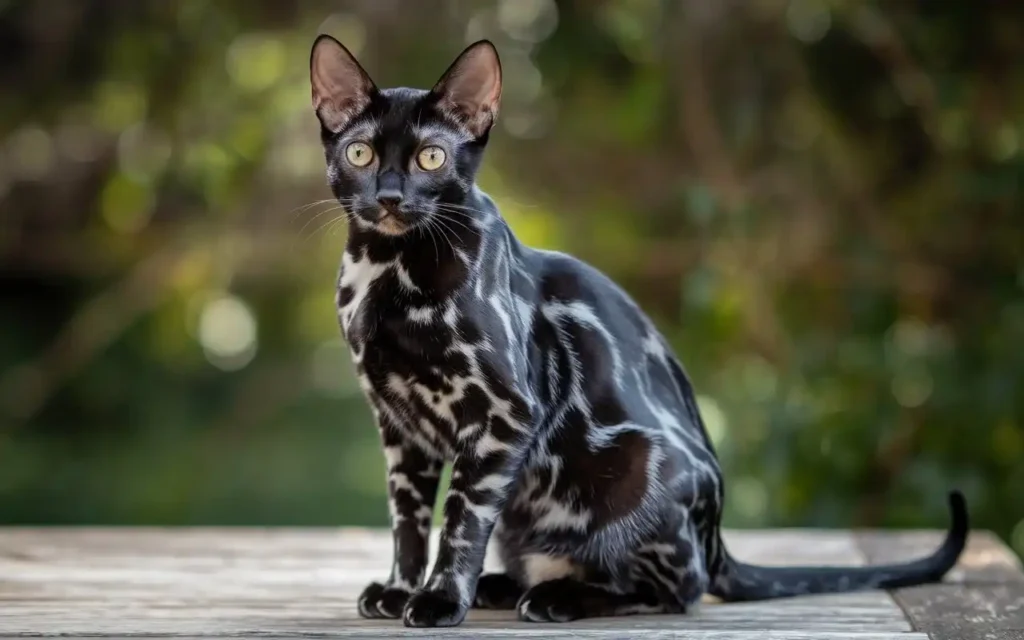
The Unique Appeal of the Black Bengal Cat
The allure of the Black Bengal Cat lies in its rare beauty and wild touch. Unlike other domesticated breeds, the Black Bengal is untamed. This makes it an intriguing and captivating companion. Its exotic look and playful nature make it a favorite among cat lovers. They want a pet that is both stunning and fun to play with.
Black Bengal Cats are less common than their spotted or marbled cousins. But they have a niche in the world of pedigreed cats. Their rarity only adds to their appeal, making them a sought-after breed for those who appreciate the exotic and the extraordinary.
Training and Behavioral Enrichment
The Black Bengal Cat is highly intelligent, which makes training a rewarding experience. These cats are quick learners and respond well to positive reinforcement techniques. With patience and consistency, you can teach basic commands, like “sit” and “stay.” You can also teach advanced tricks, like jumping through hoops. Additionally, obedience training and puzzle toys are a must. They keep their minds engaged.
Given their energetic nature, Black Bengal Cats also benefit from behavioral enrichment activities. Providing a stimulating environment helps prevent boredom, which can lead to unwanted behaviors. Set up a variety of toys, rotate them, and use food-dispensing puzzles. This will keep your cat entertained and sharp. This breed loves to explore the outdoors, but safely. Therefore, they should be leashed or in a secure garden.
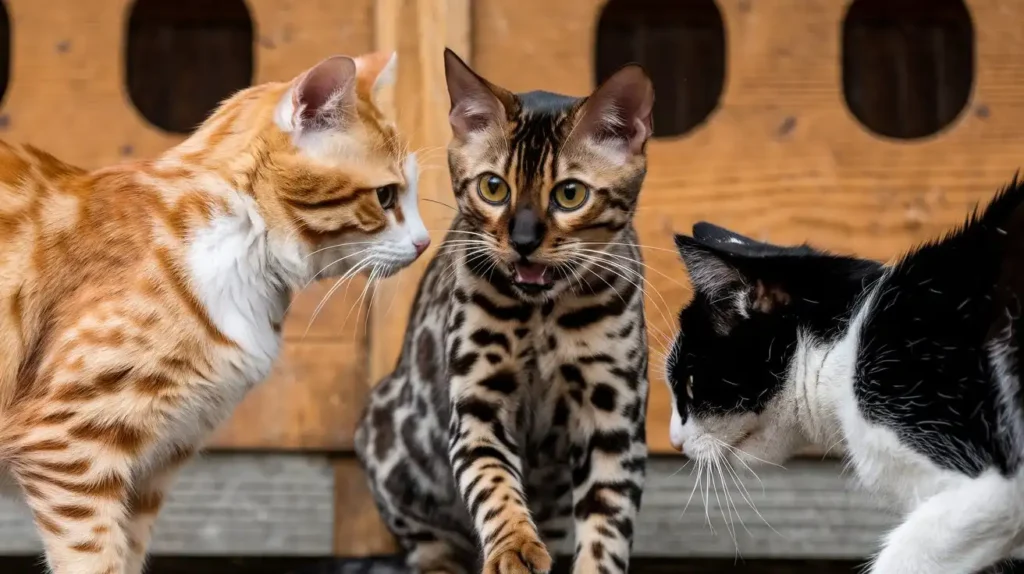
Socialization and interaction with other pets
Socialization is key to raising a well-adjusted Black Bengal cat. These cats bond strongly with their humans. They are also good with other pets if introduced at a young age. They’re friendly and curious. They can get along with dogs, other cats, and small kids if properly introduced.
Supervise introductions to new pets. The Black Bengal’s high energy and playfulness may overwhelm shy animals at first. Over time, these cats often enjoy the company of other animals. It gives them more chances to play and explore. Their independent streak may make them want to be the dominant pet in a multi-pet home.
The Importance of a High-Protein Diet
The Black Bengal Cat is a breed descended from wild cats. It needs a diet that closely mirrors its ancestors’ wild diet. A high-protein, low-carb diet is key to their muscle and energy. Many Bengal owners feed their cats a raw or BARF diet. It includes raw meats, organs, and bones. This mimics the natural diet of wild cats.
If a raw diet isn’t workable, try high-quality, grain-free cat food. It should be high in protein. Look for brands that use real meat as the first ingredient and avoid fillers like corn or soy. A balanced diet will support your Black Bengal cat’s active lifestyle. It will keep its coat shiny and healthy.
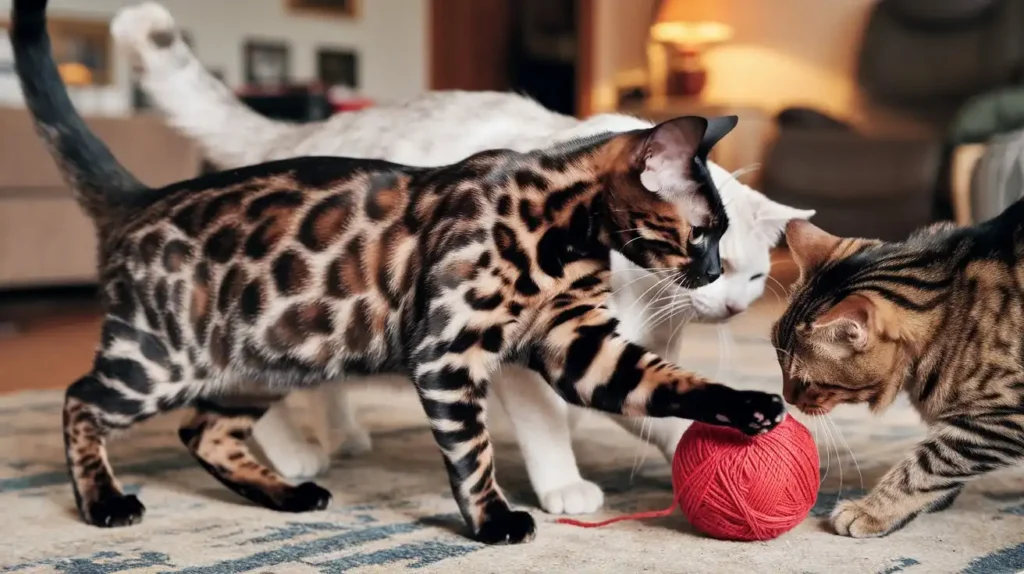
Playtime and exercise needs
The Black Bengal Cat is a very energetic breed. It needs a lot of exercise to stay healthy and happy. Bengal cats, unlike most domesticated cats, love to play. They enjoy running, jumping, and climbing. They need to burn off energy. So, it’s vital to give them many chances for exercise.
Interactive toys can help keep your Black Bengal entertained. Try feather wands, laser pointers, and motorized toys. Climbing structures, cat trees, and window perches satisfy their urge to climb. Regular playtime not only helps prevent obesity but also keeps their minds sharp and reduces stress. A well-exercised Bengal is a content and well-behaved cat.
Finding a reputable breeder
If you’re interested in bringing a Black Bengal Cat into your home, it’s important to find a reputable breeder. This rare color may tempt unethical breeders to sell unhealthy cats. A responsible breeder will prioritize their cats’ health and well-being. They will ensure the cats have no genetic disorders. They will raise them in a loving, social environment.
When choosing a breeder, ask for health certificates. Check for conditions like hypertrophic cardiomyopathy (HCM) and progressive retinal atrophy (PRA). Visit the breeder’s facility. Ensure the cats are in a clean, spacious home. A trustworthy breeder will know the breed. They will answer your questions about caring for and the temperament of the Black Bengal Cat. They will do so with enthusiasm.
Conclusion
In summary, the Black Bengal Cat is a rare, stunning breed. It combines the best of wild and domestic cats. Its sleek black muscular build and smarts make these cats a striking addition to any home. Their playful, energetic nature makes them ideal for cat lovers. They bond strongly with their humans. They are both affectionate and independent.
The Black Bengal Cat is perfect for those wanting an exotic pet. It has the beauty and mystery of the wild, but also a loving, domestic nature.

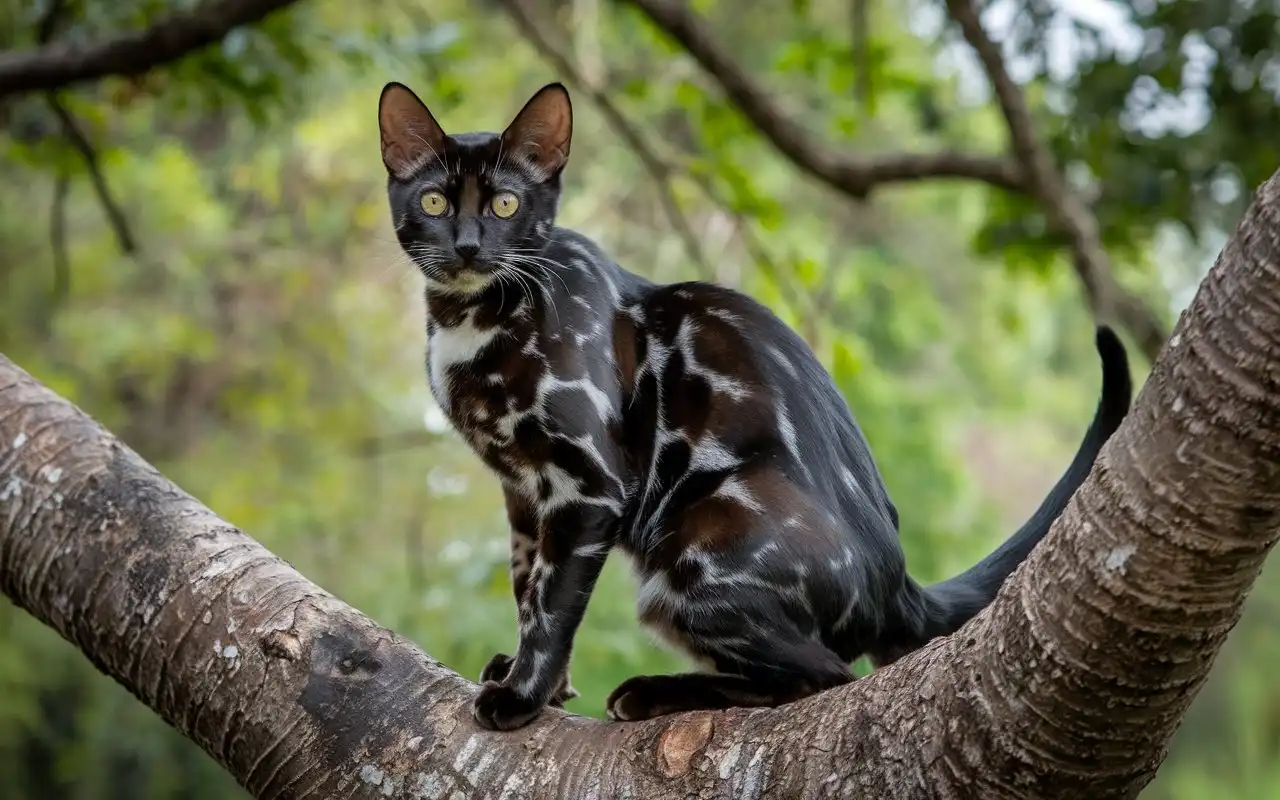
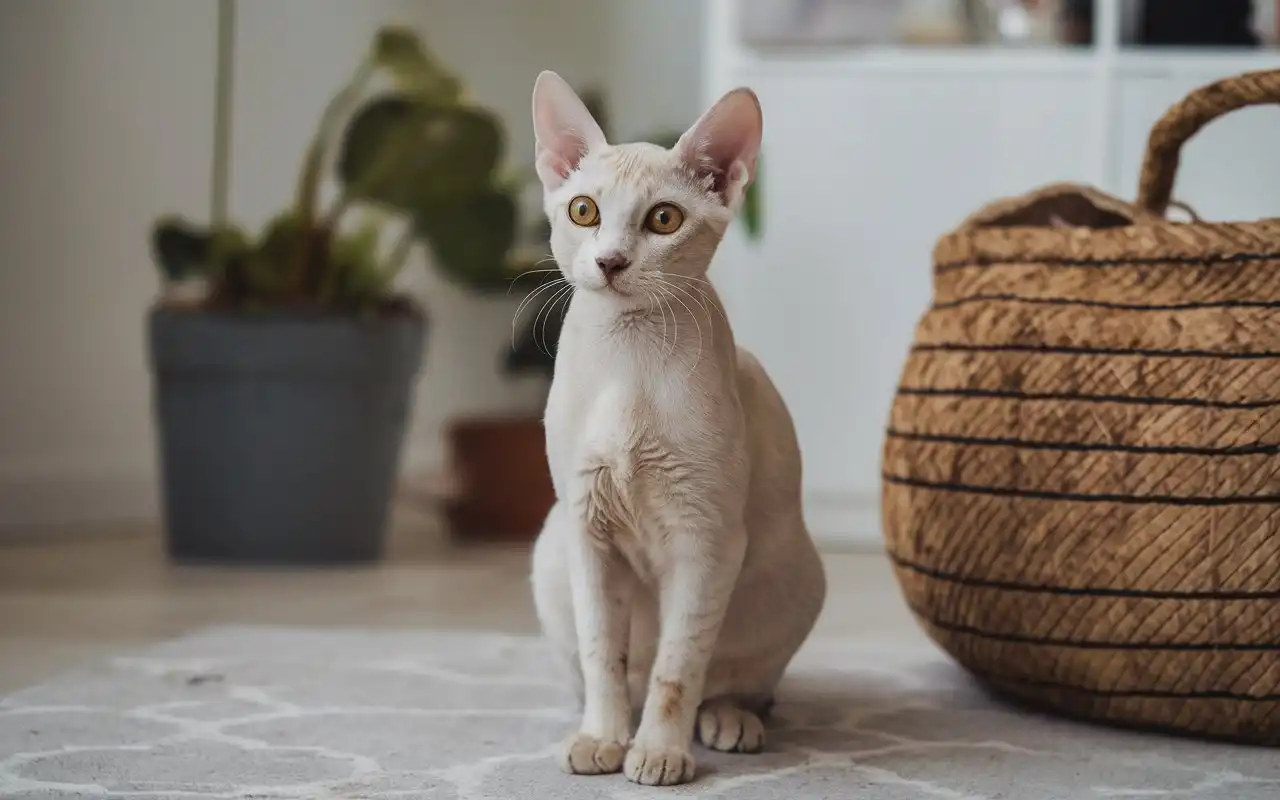
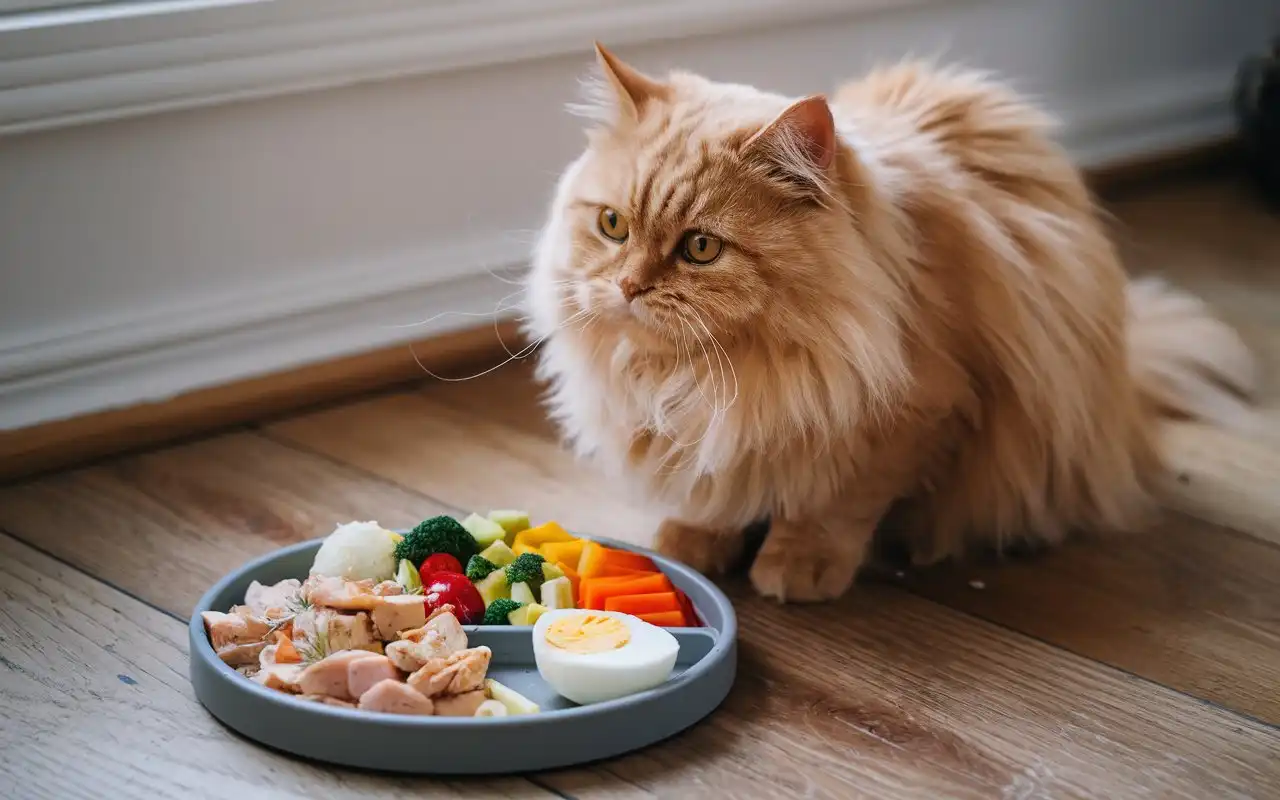
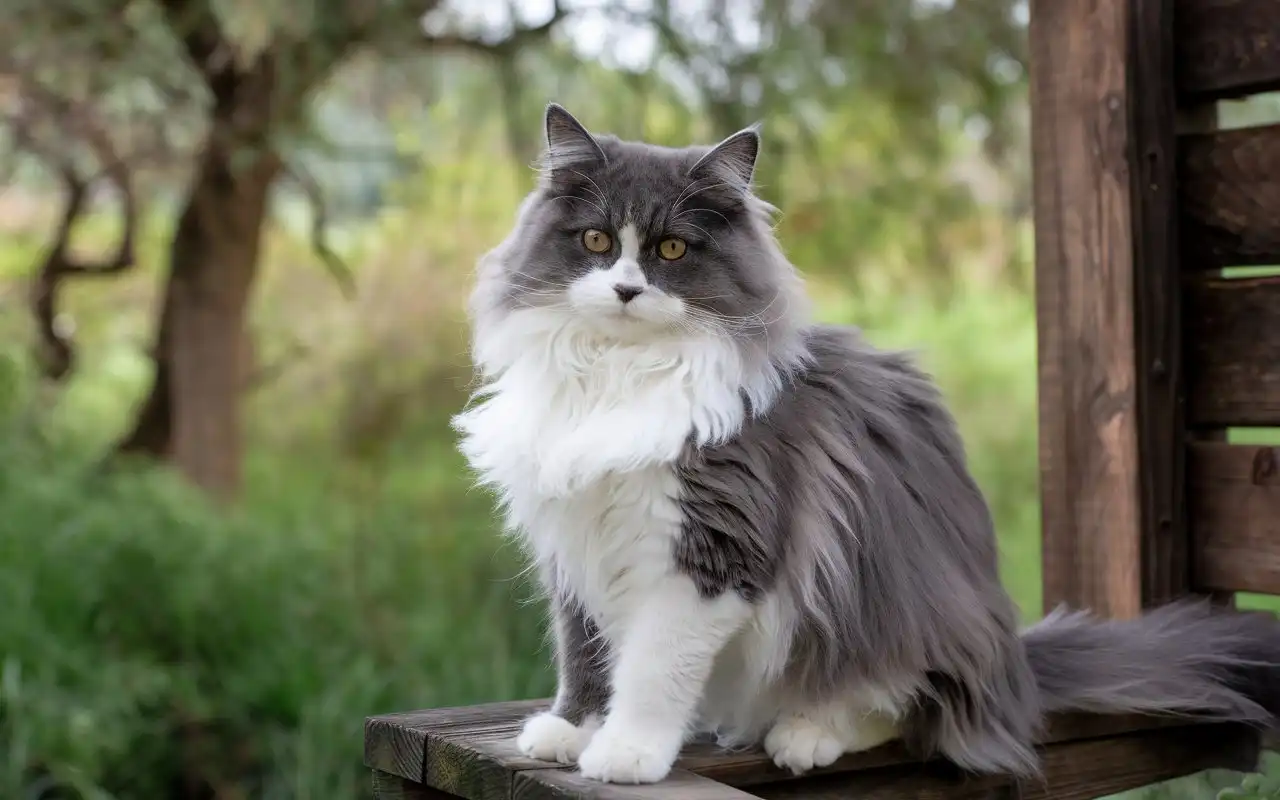
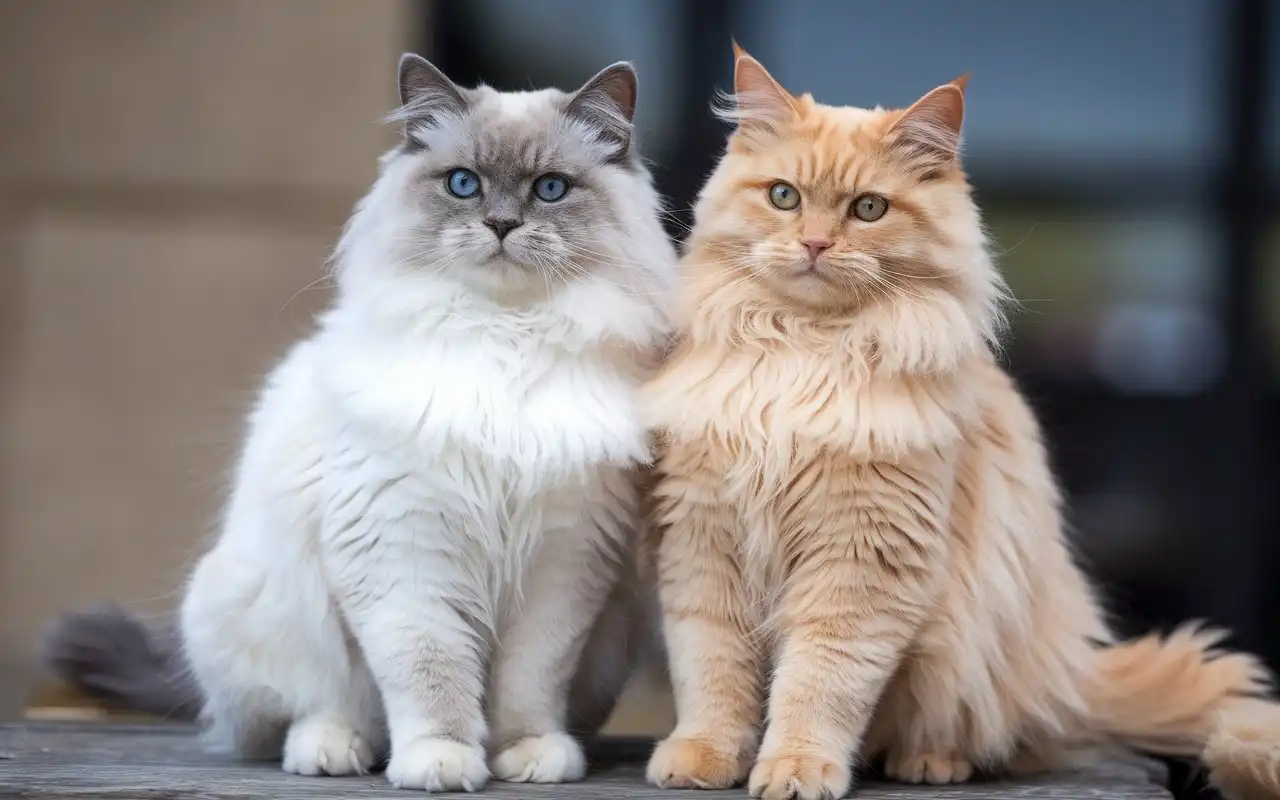

Pingback: The Science Behind Male Cat Behavior After Neutering
Pingback: Toyger Kittens: The Rising Star of the Cat World